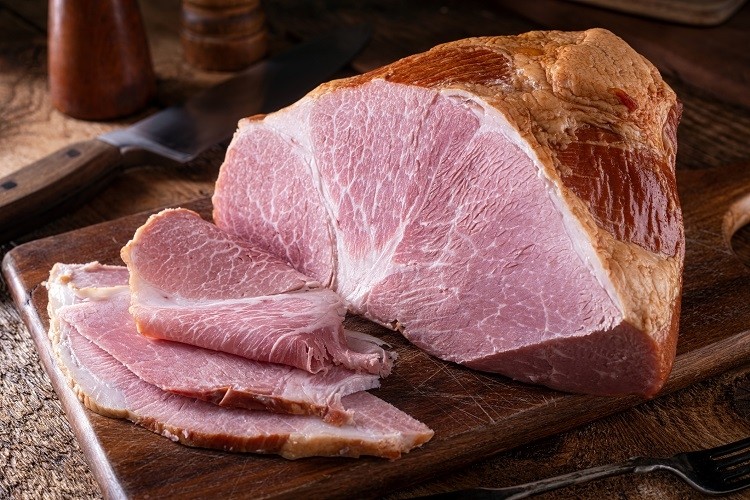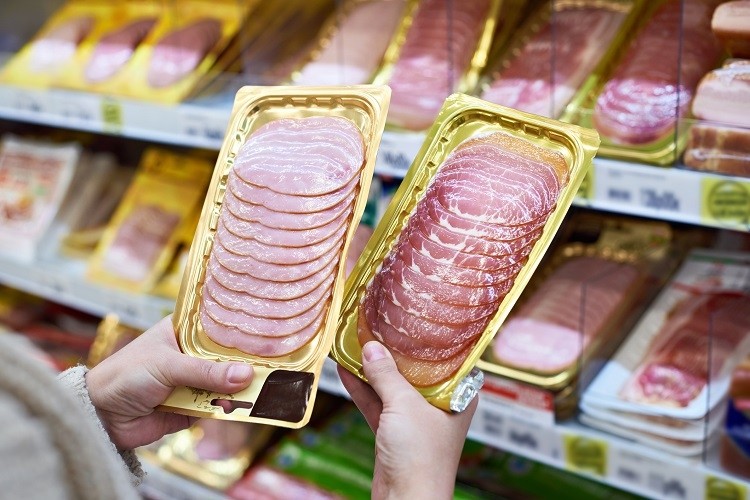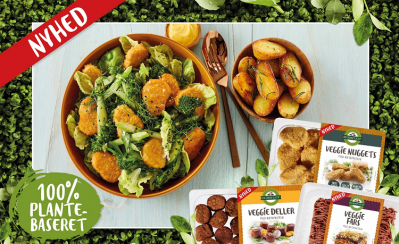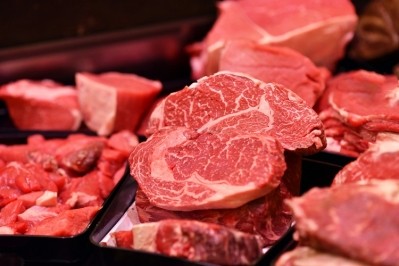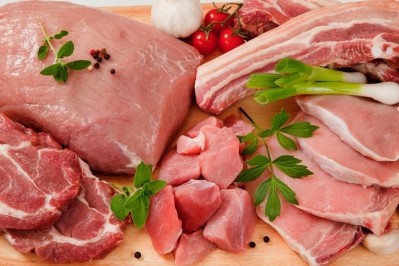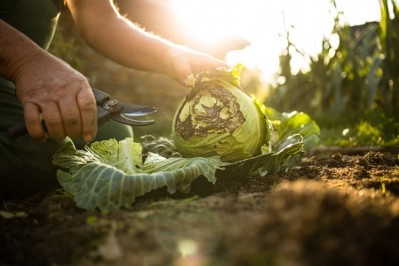Regenerative agriculture: How are Danish Crown and Pilgrim’s UK producing pork for the future?
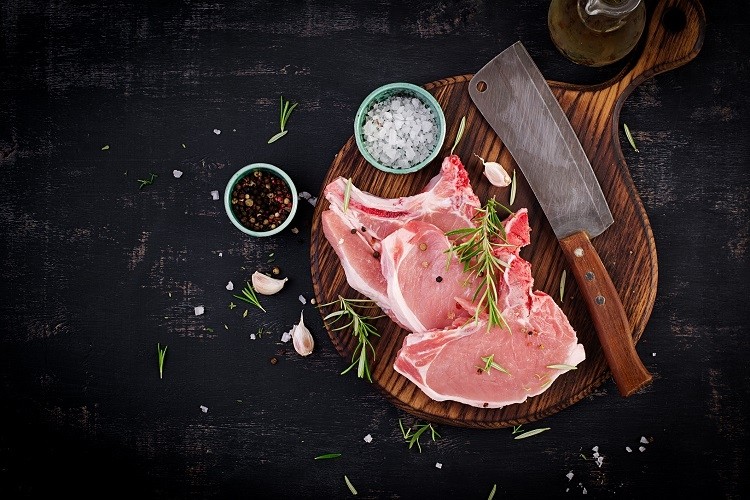
Animal agriculture is a significant emitter of greenhouse gasses (GHGs). According to the World Resources Institute, it is the fourth largest contributor – behind burning fossil fuels, transportation, and manufacturing – accounting for 11% of global emissions.
Per kilogram of food product, beef is the leading contributor at 60kg CO₂e, followed by lamb and mutton (24kg CO₂e) and cheese (21kg CO₂e).
As pigs do not produce methane, pork has significantly lower emissions than beef and lamb, at 6kg CO₂e per kg of product. However, as pork is the most widely eaten meat in the world – according to the UN FAO, pork accounts for more than 36% of global meat intake – producers are under pressure to lower their environmental impact.
How are they doing this? An increasing number are turning to sustainable farming practices, including Britain’s biggest provider of higher welfare pork, Pilgrim’s UK, and Europe’s largest pork producer, Denmark-headquartered Danish Crown.
What is regenerative agriculture?
In its most simple terms, regenerative agriculture aims to combat the climate crises by extracting carbon from the atmosphere and sequestering it into the ground.
According to organic agriculture non-profit the Rodale Institute, it is a method of farming that “improves the resources it uses, rather than destroying or depleting them”.
Regenerative agriculture has been integrated into Pilgrim’s supply chain for more than three decades, according to Matt Dight, Head of Sustainability at Pilgrim’s UK.
Greenhouse gas emissions from pig rearing systems
According to community interest company the Farm Carbon Toolkit, GHG emissions from pig rearing systems are primarily nitrous oxide (N₂O), which is most studies accounts for about half of all GHG emissions, with the remainder being equal between methane (CH₄) and carbon dioxide (CO₂).
Emissions occur in different parts of the rearing cycle:
- Indirect emissions from crops grown for feedstuffs: 50-70%, predominantly N₂O
- Direct emissions from slurry and manure management: 20-35%, both N₂O and CH₄
- Other energy usage, particularly in intensive rearing systems: 10-25%, nearly all CO₂
“100% of the pigs we produce – which account for 20% of the pigs produced in the UK – are all farmed as part of a mixed rotation along with arable crops. Utilising pigs to regenerate valuable, productive arable land to regenerate soil health, sequester carbon, improving soil health and increasing biodiversity.
“These methods also reduce costs for the arable operations that follow by offsetting the need for petrochemical fertilisers, as well as delivering higher yields on the land and resulting in soil health being substantially improved.”
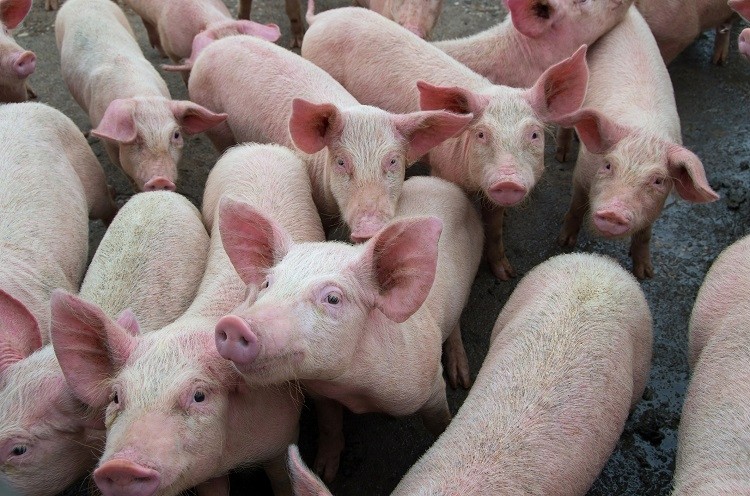
From Danish Crown’s perspective, however, meat from regenerative agriculture is not a ‘separate concept’. “We have a strategic focus on sustainability, instead of the very narrow focus on regenerative agriculture,” a company spokesperson told this publication.
“To Danish Crown, elements like food safety, use of antibiotics, responsible sourcing, work safety, and sustainable farm economy needs to be a part of the sustainable journey going forward.”
Cutting emissions under a ‘holistic’ approach
As suggested, Danish Crown has a ‘holistic’ perspective on sustainable practices, including a target to reduce carbon emissions by 50% from 1990 levels by 2030.
“All of these practices are implemented in our sustainable certification concept ‘Climate Track’ on all our farms going forward to 2024,” the spokesperson explained. “In 2021, this accounts for every one of the approximately 12m pigs delivered to Danish Crown in Denmark.”
The Climate Track is Danish Crown’s farmers’ programme for the journey towards sustainable meat. It begins with a climate control of all producers, and each cooperative member commits to the company’s climate goal.
“In our Climate Track concept, the above-mentioned measures are included and the famers deliver data on each of these elements,” the spokesperson elaborated.
Aside from cutting carbon emissions, the concept is also focused on animal welfare standards, food safety, responsible sourcing of soy and palm oil, and biodiversity at the farm level. “Elements like water use, fertilisers and pesticides are highly regulated by the rules and regulations in Denmark and therefore are not our primary focus,” we were told.
Reducing carbon emissions is also central to Pilgrim’s agricultural approach. In fact, regenerative agriculture can play a ‘big part’ in off-setting a ‘considerable portion’ of on-farm emissions, Dight explained.
The company has an ‘industry-leading position’ when it comes to its agricultural carbon footprint, we were told, much of which Dight puts down to regenerative practices. “In 2020, Pilgrim’s UK’s average on-farm carbon footprint was 2.54kg CO₂e/kg liveweight – half of the UK industry average for pig production and considerably lower than results in other markets around the world.”
Pilgrim’s is investing in R&D to further reduce its carbon footprint via animal feed. “Crucially, this has led to our supply chain having the lowest volumes of soya of any pig diet in Europe. We’ve achieved this, in part, with the inclusion of UK grown alternatives.
“Of the soy that remains in our diets, we are leading the industry in working to deliver sustainable, deforestation-free soya supply chains by 2025, and Pilgrim’s UK made up 95% of the responsibly sourced soya in Europe in 2019 according to the latest industry reports.”
Packaging and animal welfare
Pilgrim’s regenerative agricultural approach to pork production also addresses packaging and animal welfare.
The business is making ‘huge strides’ with packaging innovation in its retail packs for consumers, the company’s head of sustainability told this publication, “but we recognise that a large part of the packaging footprint comes from within the value chain itself, before even reaching the consumer.
“That’s why we’re undertaking research in this particular area, identifying alternative materials, reducing packaging, increasing recyclability and improving the subsequent environmental impact of our business”.
And from an animal welfare standpoint, Pilgrim’s says all of the 1.5m pigs it produces annually are RSPCA Assured Higher Welfare, with production systems across Outdoor Born and straw-based finished, Free Range, and Organic certification.
Higher animal welfare systems can also deliver on other key sustainability metrics, explained Dight, from reducing deforestation risk to ensuring social and human rights benefits. They can also protection biodiversity of the land and surrounding area.
What’s next for sustainable farming?
Moving forward, Pilgrim’s hopes the meat industry’s position on sustainability, from climate change to animal welfare, can be better represented. “We have an opportunity to change this perception as leaders in this space, but also collectively as food businesses,” said Dight.
For this to happen, ‘industry collaboration across the value chain is key’, the sustainability lead stressed, highlighting Pilgrim’s affiliation with the UK Roundtable for Sustainable Soy, the Round Table for Responsible Soy (RTRS), and WWF.
“Regenerative agriculture actually forms part of the many traditional agricultural systems that farmers have used for millennia. Meat production forms a core part of ensuring a sustainable future for soil health and ensuring that our soils can support the ever growing need to produce food across the globe.
“Livestock plays a vital role in this process, both regenerative farming systems through improved soil health and enabling wider environmental benefits as a by-product of this. It’s important we work together to amplify this message, educating consumers about the benefits of regenerative agriculture methods in the UK and further afield.”
Danish Crown suggested that as long as consumers want regenerative meat, it will continue to develop its sustainable farming methods.
“Danish Crown is market driven, so if the market demands regenerative meat from regenerative agriculture, we will be able to develop concepts of ‘nature farming’ that fulfil this need very fast,” the spokesperson explained.
One example of this is Danish Crown’s Friland brand. “Our concept Friland, with free range and organic productions, are already able to fulfil the ideas in regenerative farming.”
In line with the Dutch company’s sustainability ambitions, Danish Crown believes it can be the ‘most sustainable meat company in the world’ by 2030, the spokesperson continued, ‘with or without regenerative agriculture’.
